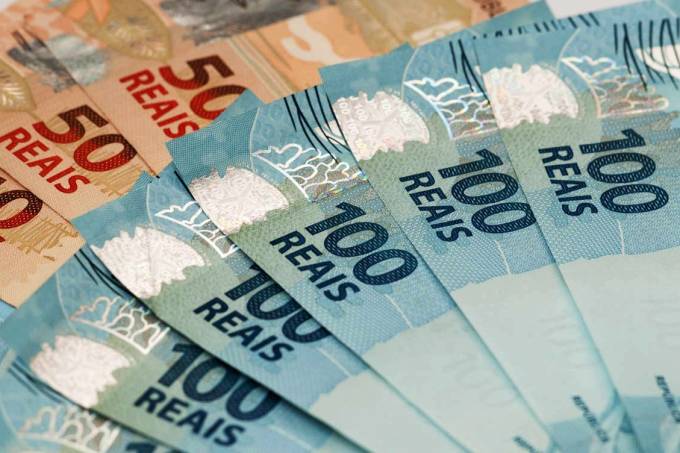
Both the Selic rate and inflation are strong determinants for the Brazilian economy because they determine the interest rate and even the exchange rate, such as the US dollar. Currently, the IPCA is centralized at 10,2% with accumulated until September, while the basic interest rate had percentage increases in the month of October that triggered the sum of 7,5% per year.
For the year 2022, an analysis that was published by Pantheon predicts that there will be an increase to more than 11% per year. However, COPOM, which is responsible for analyzes and variations every 45 days, argues that the forecast is 8,5% per year, with a last rate of increase in the month of December. It is not estimated that, in another year, the percentage value will exceed this expectation.
Where does the Selic rate directly impact?
In February of this year, the Selic rate was around 2% per annum. Therefore, loans and financing tended to be cheaper, banks charged higher interest rates and paid lower yields. For example, an application of 100% of the CDI would be worth only 1,9% per year at that time. But, with the change in interest rates, those who apply for loans or financing pay more, as well as those who lend money to banks through investments receive more: now, an application of 100% of the CDI is yielding around 7,4%.
Due to the higher yield of fixed income, some investments are no longer seen with good eyes: Banco Inter has investments that reach only 3% per year in the real estate fund, which until then, with the low Selic rate, was more profitable ( as a CBD used to yield less than 2%). But nowadays, with fixed income at more than 10% in some cases such as LCI and LCA, funds are being left behind or investors are opting for alternatives such as asset funds (which invest in Bitcoin and other currencies) and even in multimarket funds (which usually invest in the stock exchange).
With the high Selic, it is possible to find alternatives that are yielding up to 13% per year with medium risk in brokerages such as Nu Investe and Invest Inter. What was not possible before.
The decision to change the Selic rate was taken after the increase in constant inflation. So, this would be a way to withdraw money from circulation and encourage people to invest in banks. One of the reasons for the rise in values released on the market and which increased the IPCA was the emergency aid, which had been paid since April 2020.
Rising inflation leaves zero yields at low Selic
Assuming that the Selic is at 2% as in February. But, inflation is at 10,2%. An investment of R$ 1 thousand would yield R$ 20 a year. However, the monetary loss of the IPCA and the devaluation of money, as well as the decrease in purchasing power, is R$ 102. Therefore, there was no profit in the investment, but losses: 102 – 20 = 82. The individual loses R$ $82 when leaving the money at the institution. So, as a way of stimulating investments, which were in decline, the interest rate increased: now, it is possible to overcome the inflationary indexes, having more satisfactory results in one year.
And, of course: the less people invest, the greater the amount of money circulating, the greater the inflation and higher price of products and services. Everything works like a chain form. By leaving the money saved and applied, it is possible to guarantee a balance, even more so during the payment of emergency aid from the federal government.












